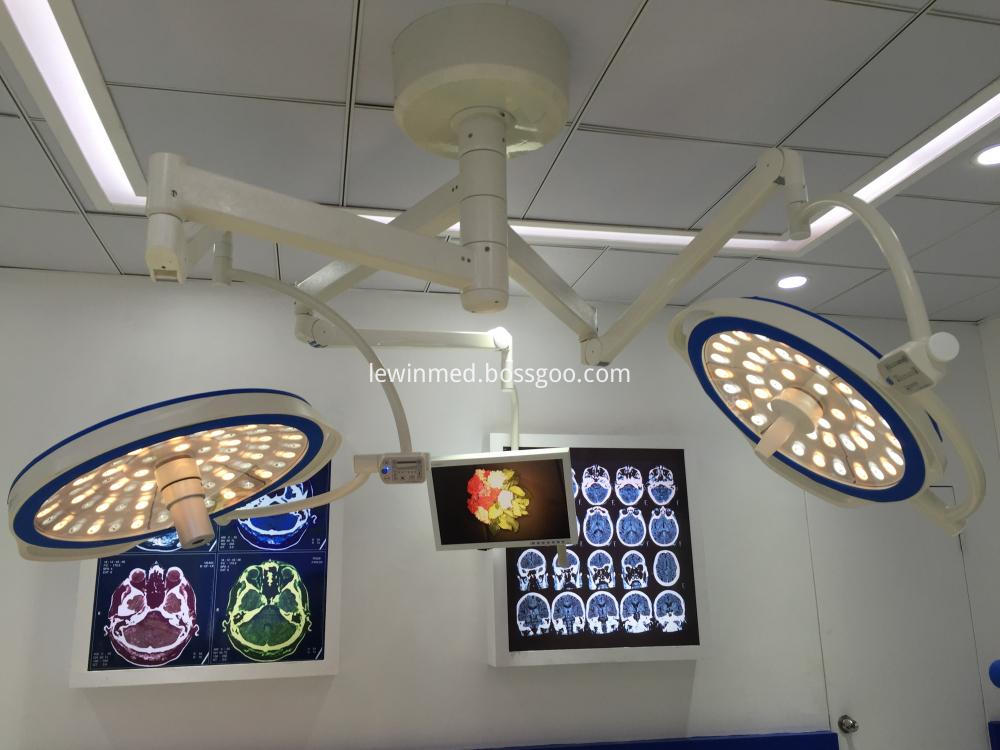Osmanthus fragrans is also known as "laurel", "wood rhinoceros", "Yangui", "Julixiang" and "Qixiang". Leaves opposite, mostly oval or oblong, leaves the leaves smooth, leathery, leaf edges are serrated. The crown is spherical. The trunk is rough and gray. Flower clusters, 3-5 were born in leafhoppers, flowering from September to October, many were born in the spring shoots of the year, two or three years old branches also have raw, corolla split to the base milk with milky, yellow, orange red and other colors, aroma Extra thick. Most of the common diseases of Osmanthus fragrans occur in leaves, mainly including Osmanthus fragrans brown spot, Osmanthus fragrans lithorrhiza, and Osmanthus fragrans anthracnose. These diseases can cause early defoliation of Osmanthus fragrans, weaken the growth potential of plants, and reduce the amount of flowering and ornamental value of Osmanthus fragrans. In the early stages of the onset of Osmanthus brown spot, chlorotic yellow spots appeared on the leaves, gradually expanded into near-circular lesions, with a diameter of 2 to 10 mm, or irregular lesions due to the lesions extending from the veins. The lesions are yellow-brown to gray-brown with a yellow halo surrounding the lesion. Brown spot generally occurs from April to October, and old leaves are more susceptible than young leaves. Pathogens use hyphae to overwinter on diseased leaves, and conidia are produced in the spring of the following year for initial infection. Conidia are transmitted by airflow and raindrops. Osmanthus leaf spot disease pathogenic bacteria from the leaf edge, leaf tip invasion, occurred in the leaves of the leaf edge and tip. At the early stage of disease, light brown dots appear on the leaves, gradually expanding into round or irregular shaped lesions, and then expanding into a nearly round or irregular large gray-brown spot with dark brown edges. Freckles occur from July to November and can occur throughout the year in sheds with poor environmental conditions. The germs were infested with conidia by wind and water. High temperature, high humidity, and poorly ventilated environment are conducive to disease. When the plant growth is debilitating and after the winter, the old leaves and the lower leaves of the plant are more severe. Osmanthus fragrans anthracnose disease infected osmanthus leaves. At the early stage of disease, small spots of chlorosis appear on the leaves, gradually expanding to form round, semi-circular or oval lesions. The lesions are light brown to gray-white with reddish-brown edges. In wet conditions, pale pink viscous spore discs appear on the lesions. Anthrax occurs from April to June. The pathogens passed through the contaminated discs in the diseased litter and were spread by wind and rain. Control measures must first reduce the source of infection. Completely remove diseased leaves in autumn. Potted osmanthus must be removed in time. Second, strengthen the cultivation and management. Choose fertile, well-drained soil or substrate for planting osmanthus; increase application of organic fertilizer and potash fertilizer; planting density should be suitable for ventilation and light transmission, reduce the humidity of the leaf surface to reduce the occurrence of diseases. At the beginning of the disease, the medicine is sprayed 1:2:200 times Bordeaux mixture, and then 50% carbendazim WP 1000 times solution or 50% Benzol WP can be sprayed 1000 to 1500 times. Severe wards should be soaked and disinfected with 1000-fold potassium permanganate solution when nursery stocks are planted. Pest control The main insect pest of family cultivated osmanthus is cricket, commonly known as red spider. Once the disease is found, it should be immediately disposed of. It can be cleared by ticks, killed, and sprayed with tin (Triazole) tin. Spray the front and back of the blade evenly. Once a week, 2-3 times in a row, it can be cured.
The camera system operating lamp can choose standard definition and high definition, the surgical lamp also can choose camera system built in or camera system built out; Single Dome Ot Lamp or double dome both can add;for LED Operation Lamp, the illumination can be adjusted freely in the range of 10%-100%, which can relieve the fatigue of the eyes of doctors who have been operated on for a long time. the spot diameter can adjusted from 150-350mm, to suit diffenent requirments of the surgeon.
Camera Surgical Lamp,Camera Operation Light,Camera Surgery Lamp,Camera Operating Lamp Shandong Lewin Medical Equipment Co., Ltd. , https://www.lewinmed.com